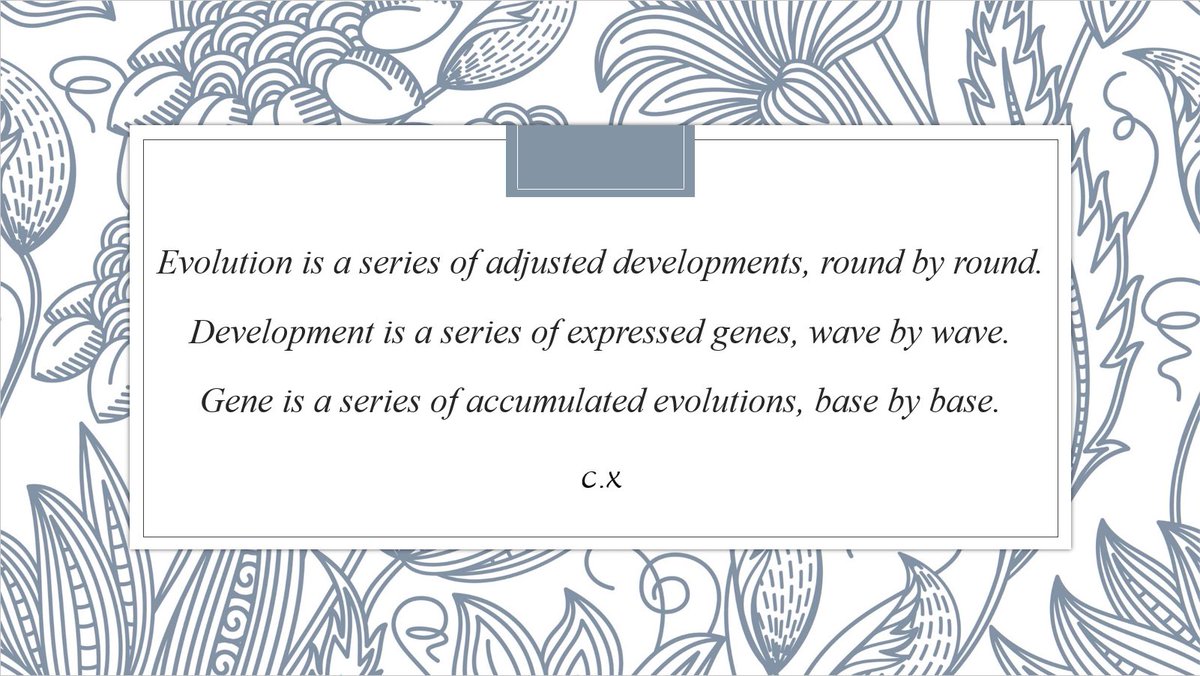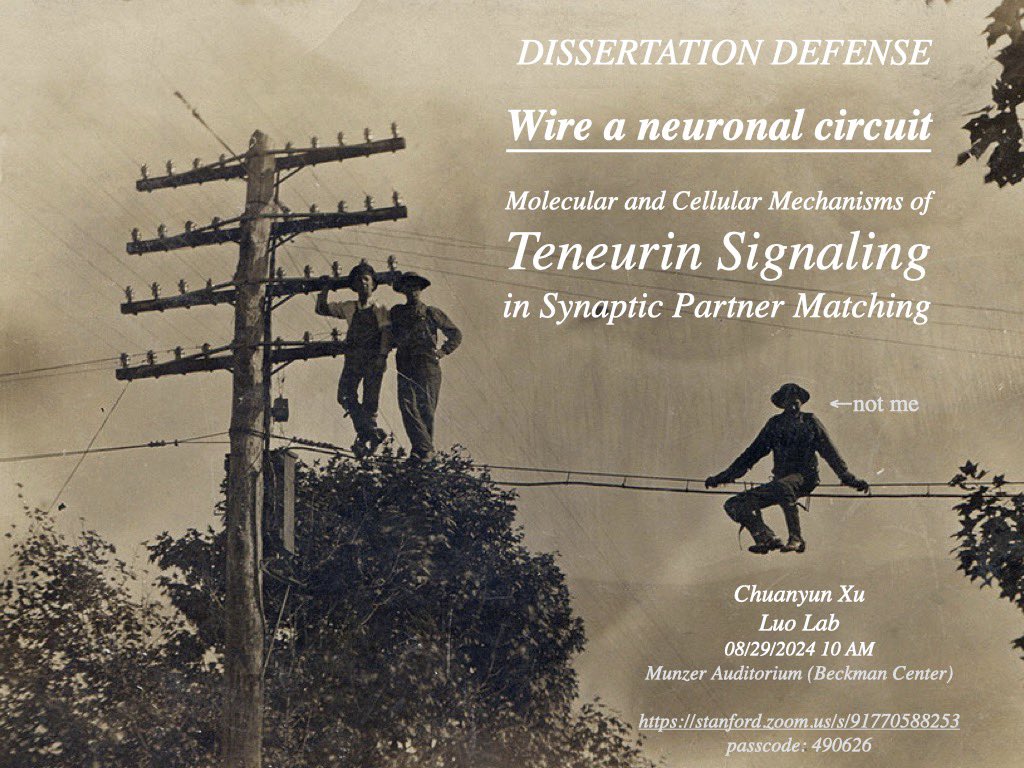
Chuanyun Xu
@raiseemhigh
PhD student in the Luo lab @Stanford
ID: 828472882577686528
06-02-2017 05:18:22
57 Tweet
122 Takipçi
414 Takip Edilen



In other news, the lab website is live at kebschull-lab.org! If you like brain evolution, barcodes, and tool development, reach out. I am looking for postdocs, students, and undergrads to join me Johns Hopkins BME. Spread the word!


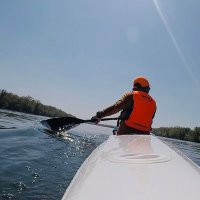


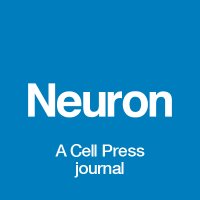
New issue cell.com/neuron/current With a Joshua tree on the cover for Yukari Hayashi Takeo, Shuster & coll. reporting that GluD2, a synapse organizer, supports Purkinje cell dendritic branching patterns & shape Paper bit.ly/3k1GK3Y Preview by Lu & Craig bit.ly/2Ztsd7D


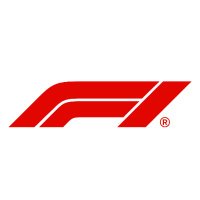

And thank you, Jonathan D. Grinstein, PhD for the nice interview with Eerik and Josh: Programmable RNA Sensors Enable Cell Editing and Therapeutic Intervention genengnews.com/gen-edge/progr… via Genetic Engineering & Biotechnology News
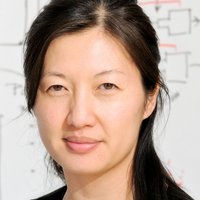
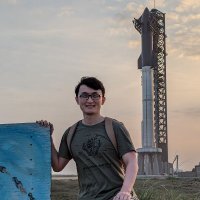
So excited to finally share one of the most fun and exciting projects from my PhD! Here, Becca J. Carlson and I show that STING, a key player in the immune system, is a proton channel. Paper: lnkd.in/eQ6TXhvr MIT News Story: lnkd.in/eXExmjta
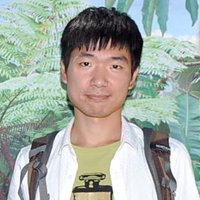
Today I want to share two stories of my postdoc research Doudna Lab. The first project in collaboration with the Murthy lab at Berkeley describes our work on “lung and liver editing using lipid nanoparticle delivery of a stable CRISPR-Cas9 RNP”. biorxiv.org/content/10.110…

My second project Doudna Lab also has a topic on RNP delivery for genome editing in vivo. Different from using LNPs to package and transport gene editors, we engineered self-deliverable Cas9 RNPs through fusion to cell-penetrating peptides (CPPs). biorxiv.org/content/10.110…









